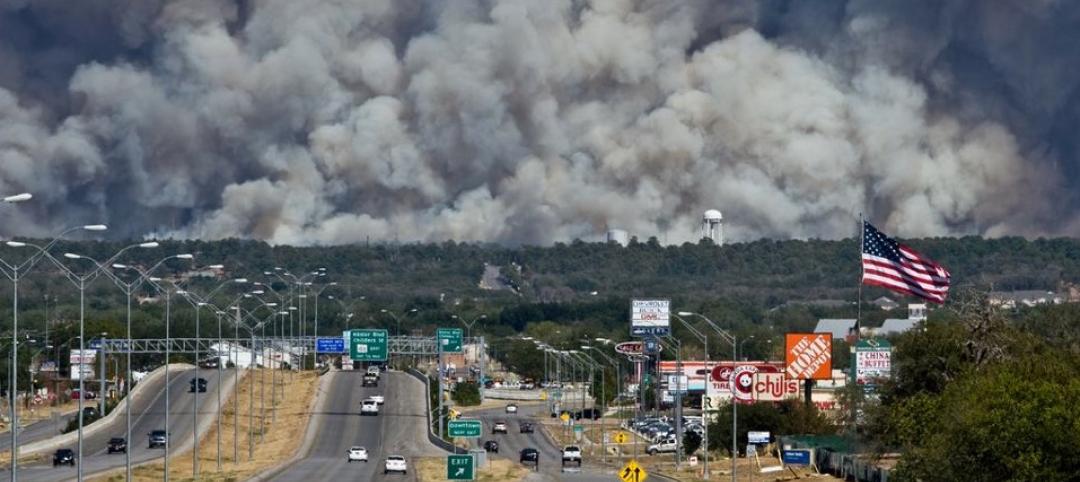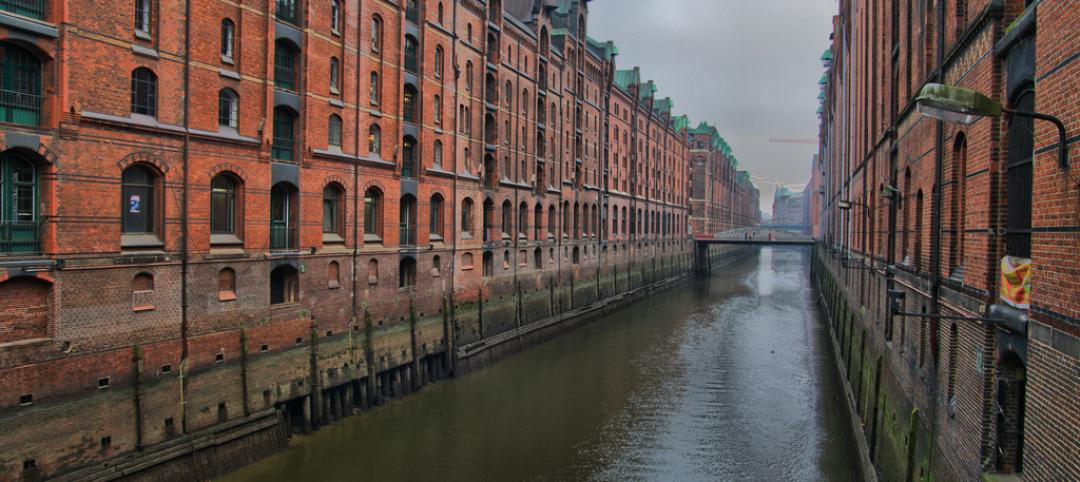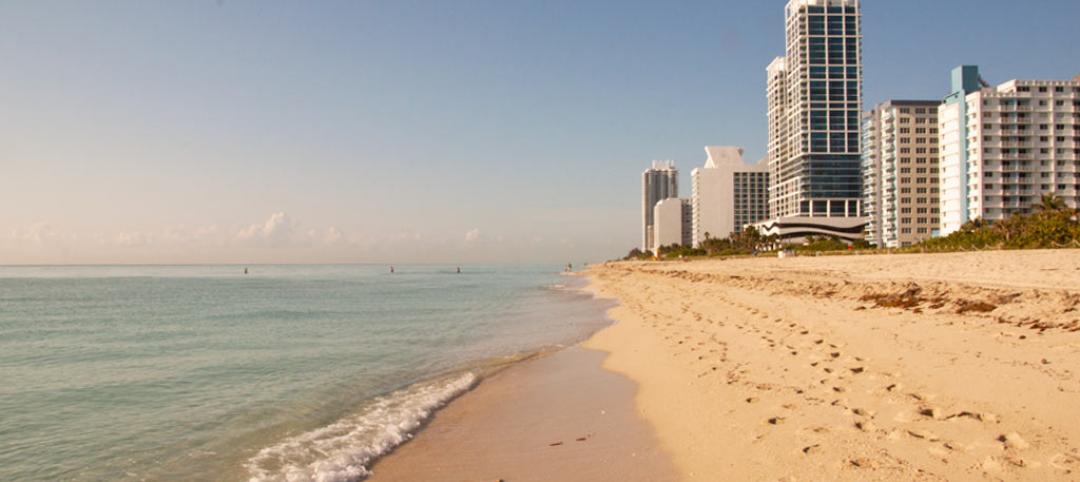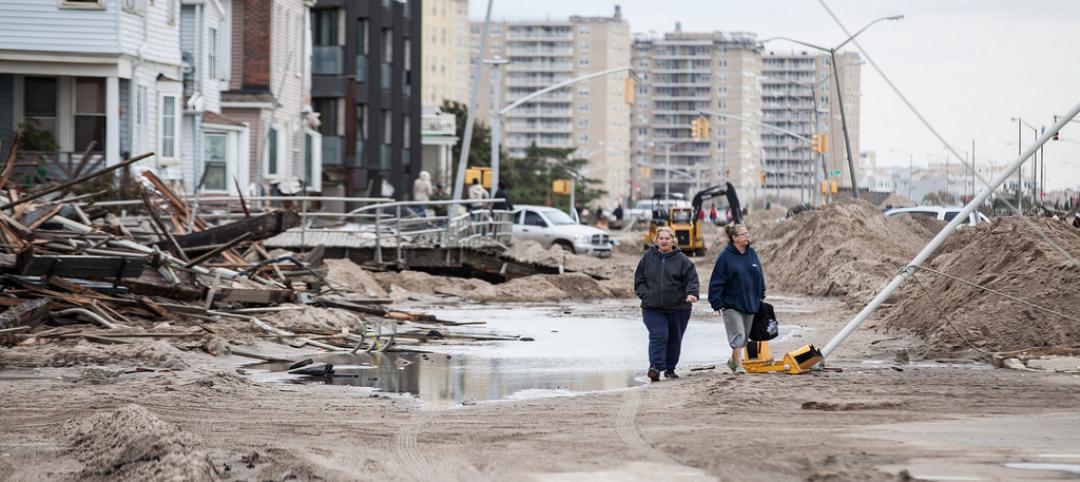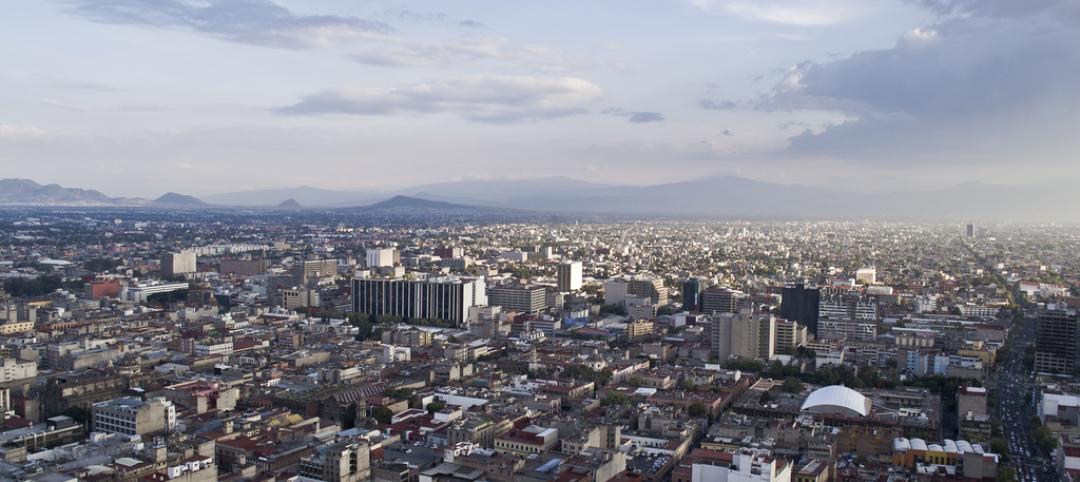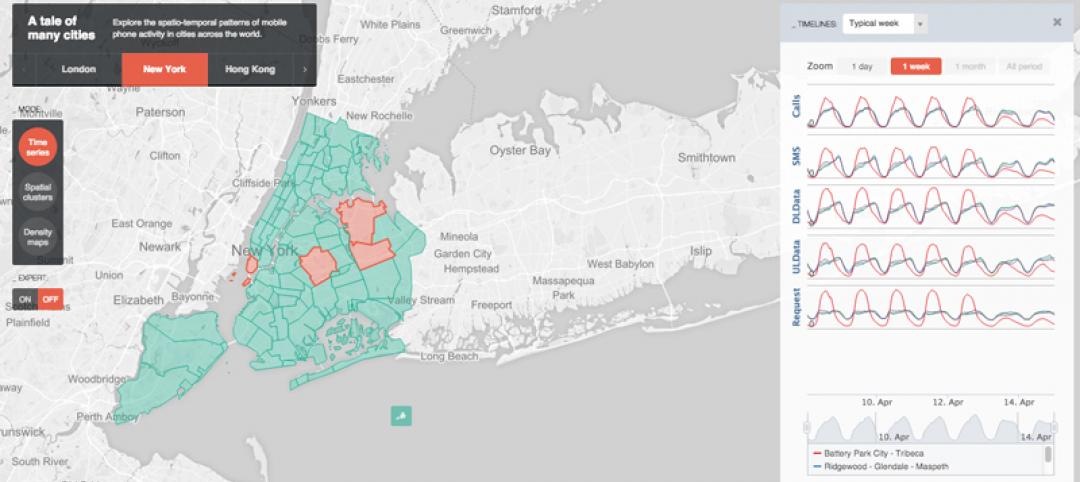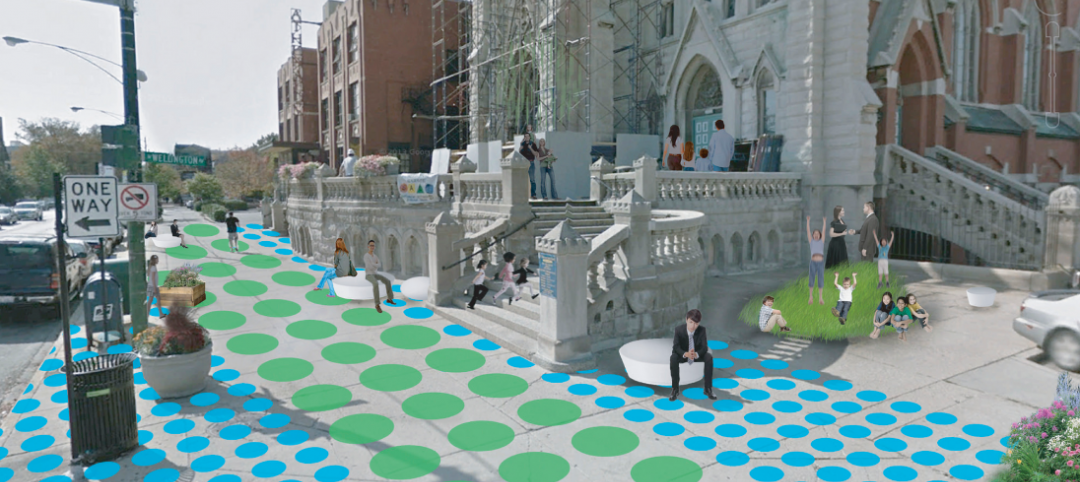City streets would be safer if their lane widths were reduced, according to a recent study.
The standard today in most U.S. cities is 12-foot-wide lanes. A paper to be presented at the Canadian Institute of Traffic Engineers annual conference by Dewan Masud Karim presents hard evidence that these lanes increase the safety risk on city streets when compared to those at about 10.5 feet in width.
Karim’s review of existing research and an examination of crash databases in Tokyo and Toronto took into consideration 260 randomly selected intersections in the two cities. He found that collision rates escalate as lane widths exceed about 10.5 feet.
Roads with lanes that are 12 feet or wider were associated with greater crash rates and higher impact speeds. In Toronto, where traffic lanes are typically wider than in Tokyo, the average crash impact speed is 34% higher, suggesting that wider lanes not only result in more crashes but in more severe crashes.
Crash rates rise as lanes become narrower than about 10 feet, though this does not take impact speeds and crash severity into account. The conclusion: There is a sweet spot for lane widths on city streets, between about 10 and 10.5 feet.
Related Stories
Smart Buildings | Dec 1, 2015
LEED Steering Committee approves resiliency pilot credits
Three credits address planning, design, and survivability.
Smart Buildings | Nov 30, 2015
New neighborhoods in Hamburg, Germany resilient to flooding, carbon neutral
Mixed-use areas built on brownfields and derelict districts.
Smart Buildings | Nov 13, 2015
Miami Beach making plans to cope with rising sea levels, flooding
The city has turned to sea walls, raised streets, and pumping stations.
Smart Buildings | Nov 11, 2015
No eyes on the road: The impact of driverless vehicles
The idea that space can be repurposed by breaking dependence on the purchase, maintenance, and storage of a big machine is a great boon for the sustainable future of cities, writes SmithGroupJJR's David Varner.
Smart Buildings | Nov 9, 2015
White paper promotes incentives for improved disaster resilience
The white paper makes the case that the most cost-effective manner to achieve resilience is through a holistic and integrated set of public, private, and hybrid programs.
Smart Buildings | Nov 5, 2015
JLL names 10 emerging world cities
Mexico City, Shanghai, Istanbul, and seven other world-class cities have experienced rapid economic growth and real estate development.
Cultural Facilities | Oct 28, 2015
New York City’s underground 'Lowline' green space enters the testing phase
If realized, The Lowline would provide 1.5 acres of green space for the Lower East Side of Manhattan.
Seismic Design | Oct 22, 2015
Taipei 101 tower named 'world's toughest' building by Popular Mechanics
Popular Mechanics named the 10 structures that best withstand floods, winds, storms, and earthquakes.
BIM and Information Technology | Oct 19, 2015
New web tool from MIT organizes human movement in interactive graphs
Users can explore the mobile phone activities in London, New York, Los Angeles, and Hong Kong.
Smart Buildings | Oct 8, 2015
Brookings announces the Bass Initiative on Innovation and Placemaking
The think tank's goal is to stress public spaces, urban economies, and inclusive growth in city building.


